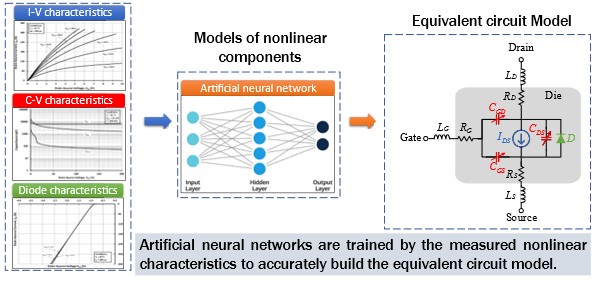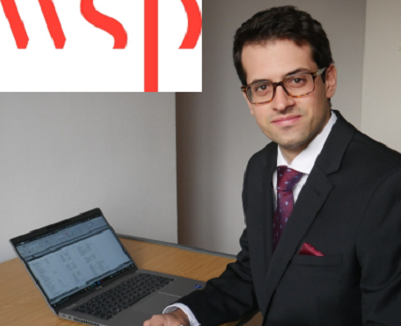InnoDC’s researchers continue to publish work while completing their PhDs and moving on in their careers.
| After presenting his PhD viva at Cardiff University in August 2021, Gayan Abeynayake joined the international sustainable energy company, Ørsted, based at their London office. His new role as a Power System Engineer includes improving Ørsted’s offshore wind-farms’ reliability and availability. The skills he developed during his three years with InnoDC helped him enormously during the tough interview process! In July, Davide Pinzan started a new position at WSP, a global engineering consultancy, where he joined the UK Interconnectors team. InnoDC’s visiting scientist, Dr Norman MacLeod, had introduced him to the company’s culture and projects during his presentation at InnoDC’s network meeting, UPC, Barcelona in 2018. Davide is working for clients across the globe, estimating large offshore wind projects’ CAPEX* and OPEX**, and on cost-comparison between HVAC and HVDC technologies used to connect wind-plants to shore. He says InnoDC’s training in offshore wind and DC grids led to his smooth transition into industry. * CAPEX: Capital expenditure. ** OPEX: Operating expenses. |
| Anubhav Jain completed his InnoDC project at DTU Wind Energy earlier this year, then started a new role at Vattenfall‘s Kolding office. He is employed as an Advanced Electrical Engineer in Business Area Wind, supporting the Grid Studies team and participating in research & development projects. He was excited to return to DTU in September to present his PhD defence as a public event! Read about his experience, view the slides and watch his presentation. |
| Hybrid Data-Driven Modelling Methodology for Fast and Accurate Transient Simulation of SiC MOSFETs. IEEE Transactions on Power Electronics. Authors: Peng Yang, Wenlong Ming, Jun Liang, Ingo Lüdtke, Steve Berry, and Konstantinos Floros. Power semiconductors are key components used in power electronics to efficiently convert renewable energy into power. Silicon carbide (SiC) metal-oxide-semiconductor field-effect transistors (MOSFETs) are the next-generation power semiconductors, as they have the following advantages, compared to Si-based power semiconductors: (i) higher switching speed; (ii) lower switching losses; (iii) higher thermal conductivity and (iv) higher operation temperature capability. However, to take full advantage of their fast-switching speed, one needs to analyse the switching behaviour. This requires an accurate SiC MOSFETs transient model. Peng Yang‘s paper focuses on SiC MOSFETs modelling, based on artificial neural networks (ANNs) as shown in the figure below, and discusses ANNs’ advantages and limitations. To overcome the limitations, it presents a hybrid modelling method, which mixes the ANN-based model with physics-based equations. The presented modelling methods can provide more accurate modelling results compared to the conventional methods. This is verified by simulating the switching waveforms of SiC MOSFETs, and comparing the results with the switching waveforms. Click here for the full list of InnoDC journal papers. |




